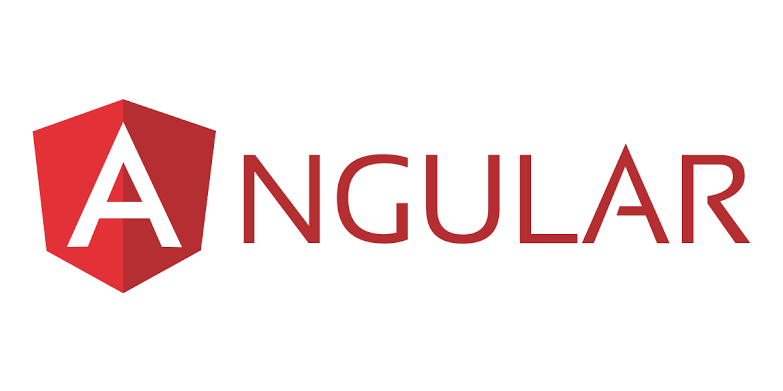Angular, one of the most popular JavaScript frameworks, provides an array of tools and techniques for building dynamic web applications. Among these tools, ngModel is a powerful directive that facilitates two-way data binding, making it a cornerstone of form handling. In this comprehensive guide, I, an expert in Angular, will delve into the intricacies of Angular email validation using ngModel. We will explore best practices, tackle common pitfalls, and unveil advanced techniques that will enable you to create secure and user-friendly forms in your Angular applications.
Why Email Validation is Crucial
Email validation is a fundamental aspect of web application development. Ensuring that users provide valid and authentic email addresses offers various benefits, including:
- Data Accuracy: Valid emails lead to cleaner and more reliable user data.
- Enhanced User Experience: Preventing invalid emails reduces form submission errors and improves the overall user experience.
- Security: Validating email addresses helps protect your application from malicious users and spam.
Now, let's dive into the strategies, best practices, and advanced techniques for email validation using ngModel in Angular.
Basic Email Validation Using ngModel
Angular makes basic email validation straightforward using ngModel. Here's a simple example:
<input type="email" [(ngModel)]="userEmail" name="userEmail" required>
In this example, the type="email" attribute indicates that the input should accept email addresses. The [(ngModel)] directive binds the input value to a variable (userEmail), and the required attribute ensures the field is not left empty.
Advanced Email Validation Techniques
While basic validation is essential, more advanced techniques can enhance your email validation strategy. Consider the following practices:
Regex Validation: Use regular expressions to validate email format and pattern.
Custom Validators: Create custom validators to encapsulate complex email validation logic.
Async Validation: Implement asynchronous validation for scenarios like checking if an email address is already registered.
Domain Whitelisting: Restrict registration to specific email domains.
Disposable Email Detection: Integrate third-party services to detect and block disposable email addresses.
Common Pitfalls to Avoid
Overly Complex Regex: While regex is powerful, avoid overly complex patterns that might reject valid email addresses.
Incomplete Validation: Ensure you validate both the format and domain of the email address.
Failure to Update: Regularly update your email validation strategy to adapt to changing email standards.
Best Practices for User Feedback
Providing clear and concise user feedback is crucial for a positive user experience. Implement these best practices:
Error Messages: Customize error messages to guide users in providing valid email addresses.
Live Validation: Offer real-time feedback as users type, indicating whether their input is valid.
Visual Cues: Use visual cues like color changes or icons to signal the validity of the input.
Conclusion
In the realm of web application development, email validation stands as a pivotal aspect. In Angular, the power of ngModel empowers you to implement robust and user-friendly email validation effortlessly. By following best practices, avoiding common pitfalls, and exploring advanced techniques, you can ensure that your Angular forms collect accurate and authentic email addresses. This not only enhances data integrity but also elevates the user experience, ensuring your web applications are secure, reliable, and user-friendly. As you continue your Angular journey, remember that mastering email validation with ngModel is a key step toward building world-class web applications.



